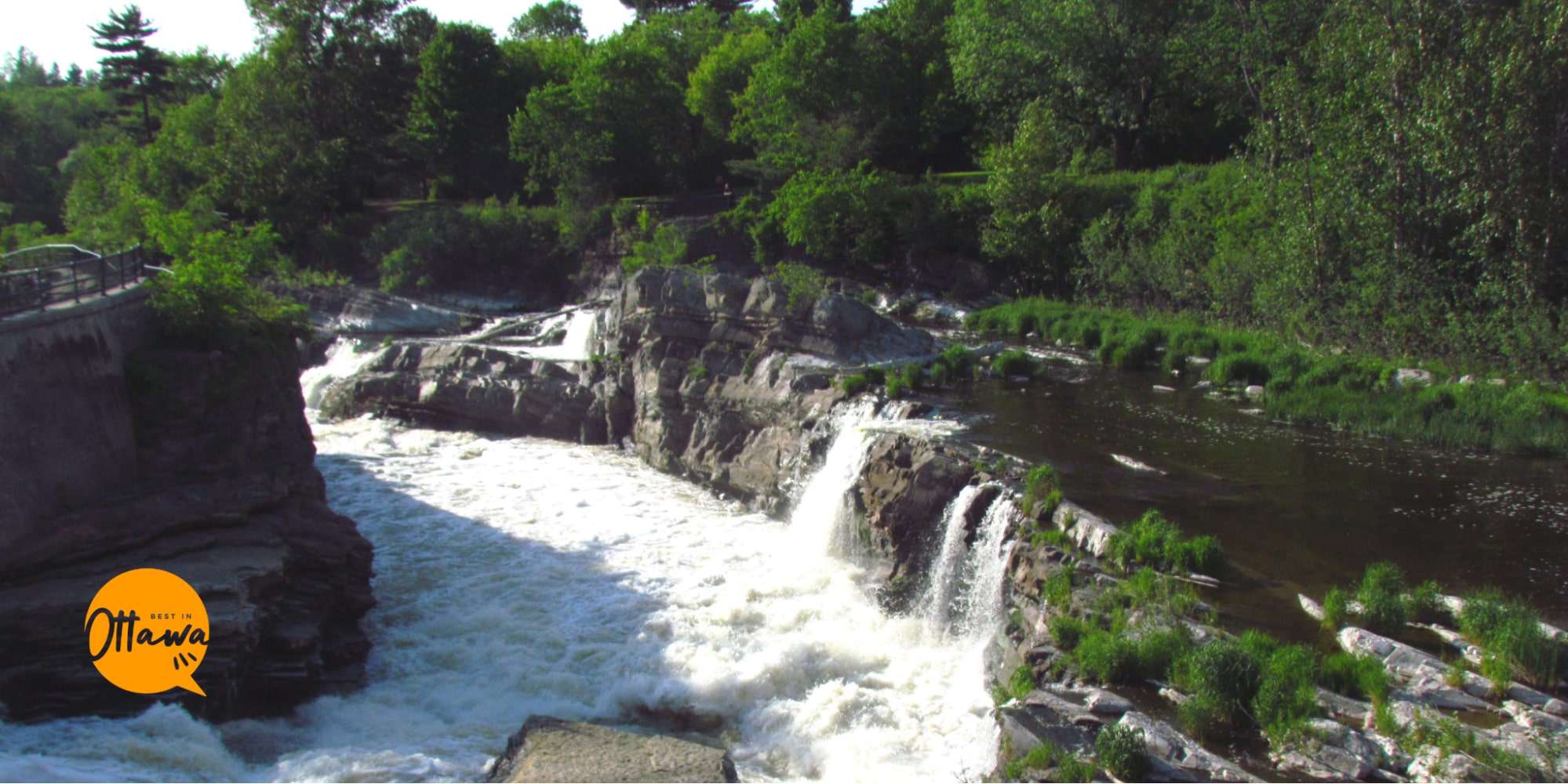A Short History of the Hog’s Back Falls in Ottawa
Whether you’re a local or a visitor, you’ve probably heard of Ottawa’s Hog’s Back Falls at least once. When it comes to the city’s best attractions, the falls are one of them, and for many good reasons, too!
But have you ever wondered what’s the history behind it, especially since it’s a series of artificial waterfalls, as compared to a naturally occurring one? Well, we’ll gladly give you the low-down about Hog’s Back Falls interesting history!
So, by the time you visit this wonderful spot again, you can spout tons of cool historical facts that’ll leave friends and loved ones absolutely astounded!
Now grab your notepad or open up your favorite note-taking app while we give you this little history lesson!
What is the Hog’s Back Falls?
The Hog’s Back Falls, officially known as the Prince of Wales Falls, are a series of artificial waterfalls on the Rideau River. It’s one of the most popular locations in Ottawa to relax or go sightseeing for both locals and tourists.
It’s located just north of Mooney’s Bay and just along the area where the Rideau Canal splits from the Rideau River.
How did the Hog’s Back Falls get its name?
The Hog’s Back Falls was named just before the Rideau Canal was constructed in 1827.
It was described by civil engineer John MacTaggart as a ridge of rocks called the Hog’s Back due to raftsmen sticking on it and coming down the stream.
For those of you who don’t know, a hogback is a long hill or mountain ridge with steep sides.
Originally, it was called the Three Rock Rapids because it was previously just a gentle set of rapids prior to the canal’s construction. However, its official name is rarely used by most people.
The rapids were around 600m in length, with a drop of 1.8m, and were completely navigable via canoe. So, at the time, people didn’t have to worry about having to carry their vessel over land just to get it across.
Why was Hog’s Back Falls created?
Hog’s Back Falls was created as a way to accommodate the natural flow of the Rideau River and prevent the spring floods.
So, a wastewater weir was made, and its water flowed through a channel that was excavated in the eastern bank of the Rideau River. This created today’s Hog’s Back Falls.
Presently, the head of the original rapids is buried beneath the canal damn, but the lower section is still observable even today. It actually marks the route where the Rideau Canal leaves the Rideau River and into a manmade canal to the Ottawa Locks instead.

